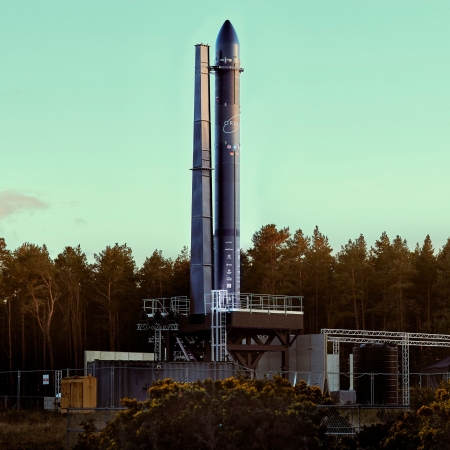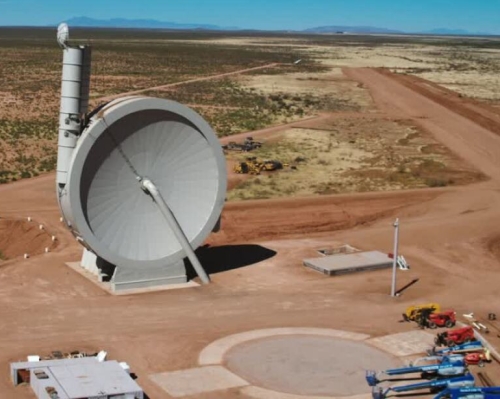Boeing and Aerojet Rocketdyne fight over cause of Starliner valve problem
In a Reuters story today, it was revealed that Boeing and Aerojet Rocketdyne are in a fight over the cause of Starliner valve problem, where thirteen valves failed to work and caused the scrub of a launch attempt last summer, delaying almost a year to next week.
A team of Boeing and NASA engineers is in general agreement that the cause of the stuck valves involves a chemical reaction between propellant, aluminum materials and the intrusion of moisture from Starliner’s humid Florida launch site.
Aerojet engineers and lawyers see it differently, blaming a cleaning chemical that Boeing has used in ground tests, two of the sources said.
It appears that Aerojet is attempting to put the blame on Boeing because it might be liable for the cost of redesigning the valves, as well as other costs associated with the delays since last year.
The article also reveals that the valves being used in the Starliner capsule to be launched next week have only a temporary fix for the problem, and that Boeing intends to redesign them to prevent the problem in the future.
All in all, this whole fiasco does not speak well for either Boeing or Aerojet. It remains completely inexplicable for any spacecraft to be built with this kind of valve problem, now, after six decades of launches from wet and humid Florida. The problem reeks of bad design or poor quality control procedures by both companies.
The article further confirms these quality control problems by this tidbit in its last paragraph:
In 2017, Starliner had an accident during a ground test that forced the president of a different subcontractor to have his leg medically amputated. The subcontractor sued, and Boeing subsequently settled the case.
That this accident has been kept out of the news is somewhat shocking. For it to happen at all reveals a lot about the sloppy way Boeing operates these days.
In a Reuters story today, it was revealed that Boeing and Aerojet Rocketdyne are in a fight over the cause of Starliner valve problem, where thirteen valves failed to work and caused the scrub of a launch attempt last summer, delaying almost a year to next week.
A team of Boeing and NASA engineers is in general agreement that the cause of the stuck valves involves a chemical reaction between propellant, aluminum materials and the intrusion of moisture from Starliner’s humid Florida launch site.
Aerojet engineers and lawyers see it differently, blaming a cleaning chemical that Boeing has used in ground tests, two of the sources said.
It appears that Aerojet is attempting to put the blame on Boeing because it might be liable for the cost of redesigning the valves, as well as other costs associated with the delays since last year.
The article also reveals that the valves being used in the Starliner capsule to be launched next week have only a temporary fix for the problem, and that Boeing intends to redesign them to prevent the problem in the future.
All in all, this whole fiasco does not speak well for either Boeing or Aerojet. It remains completely inexplicable for any spacecraft to be built with this kind of valve problem, now, after six decades of launches from wet and humid Florida. The problem reeks of bad design or poor quality control procedures by both companies.
The article further confirms these quality control problems by this tidbit in its last paragraph:
In 2017, Starliner had an accident during a ground test that forced the president of a different subcontractor to have his leg medically amputated. The subcontractor sued, and Boeing subsequently settled the case.
That this accident has been kept out of the news is somewhat shocking. For it to happen at all reveals a lot about the sloppy way Boeing operates these days.

















